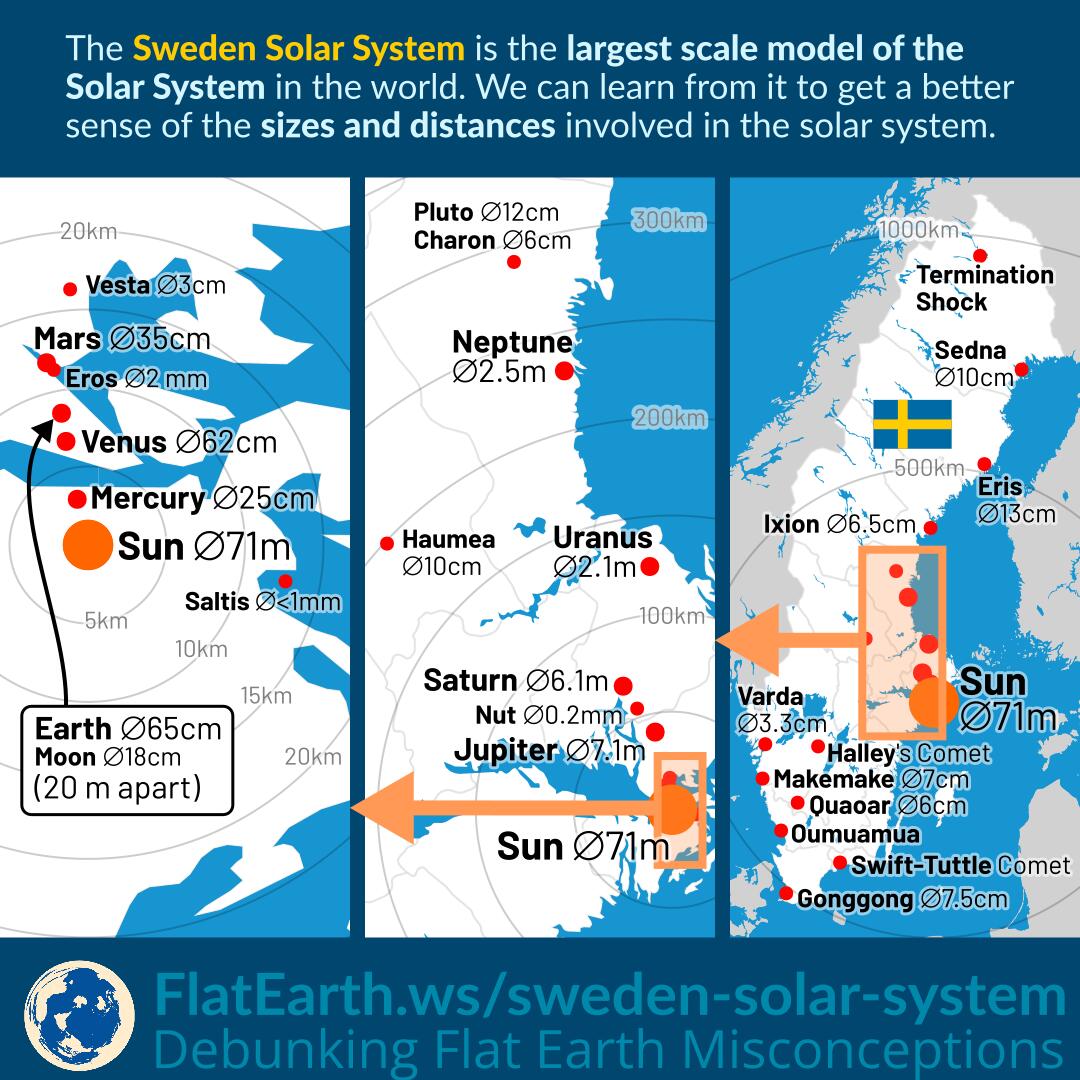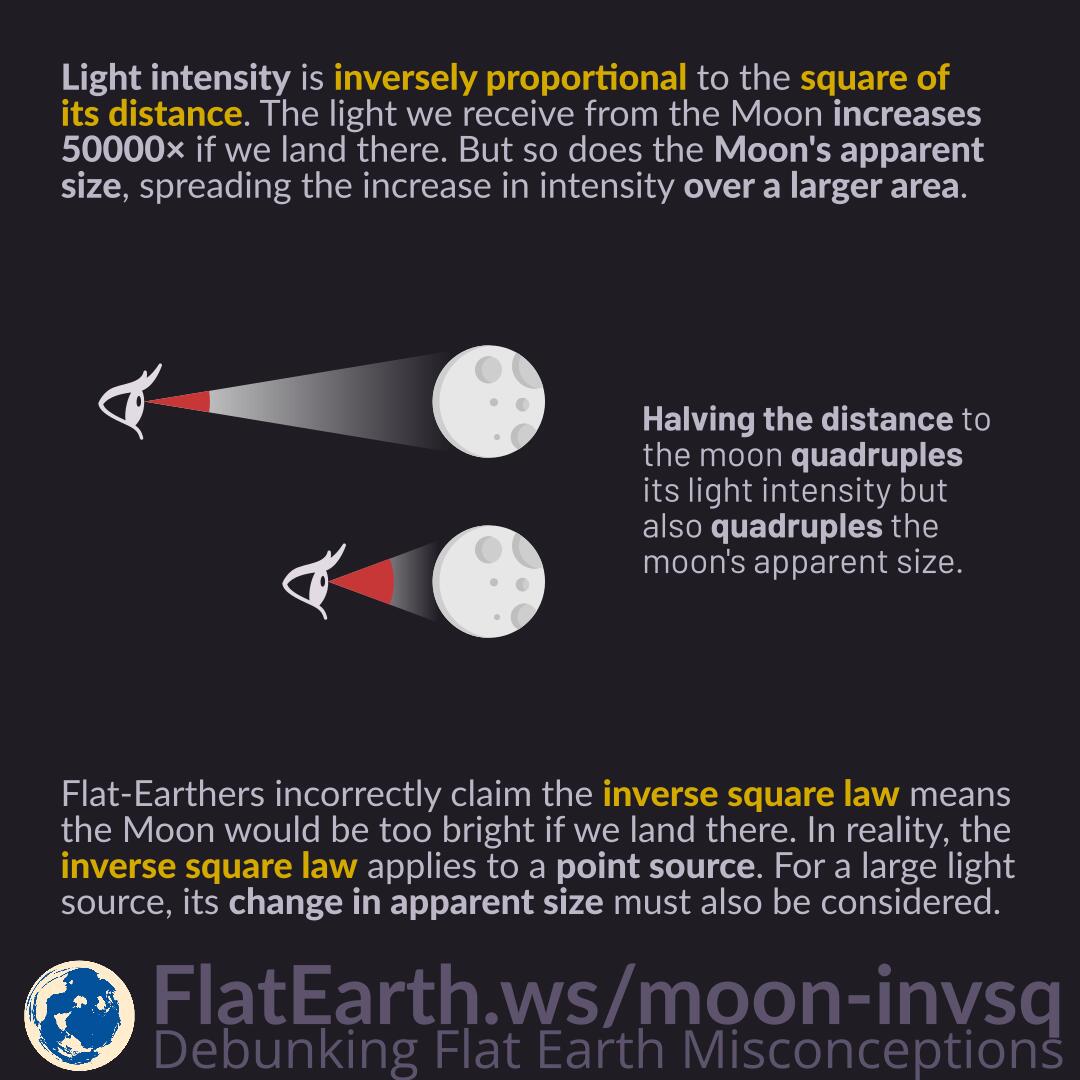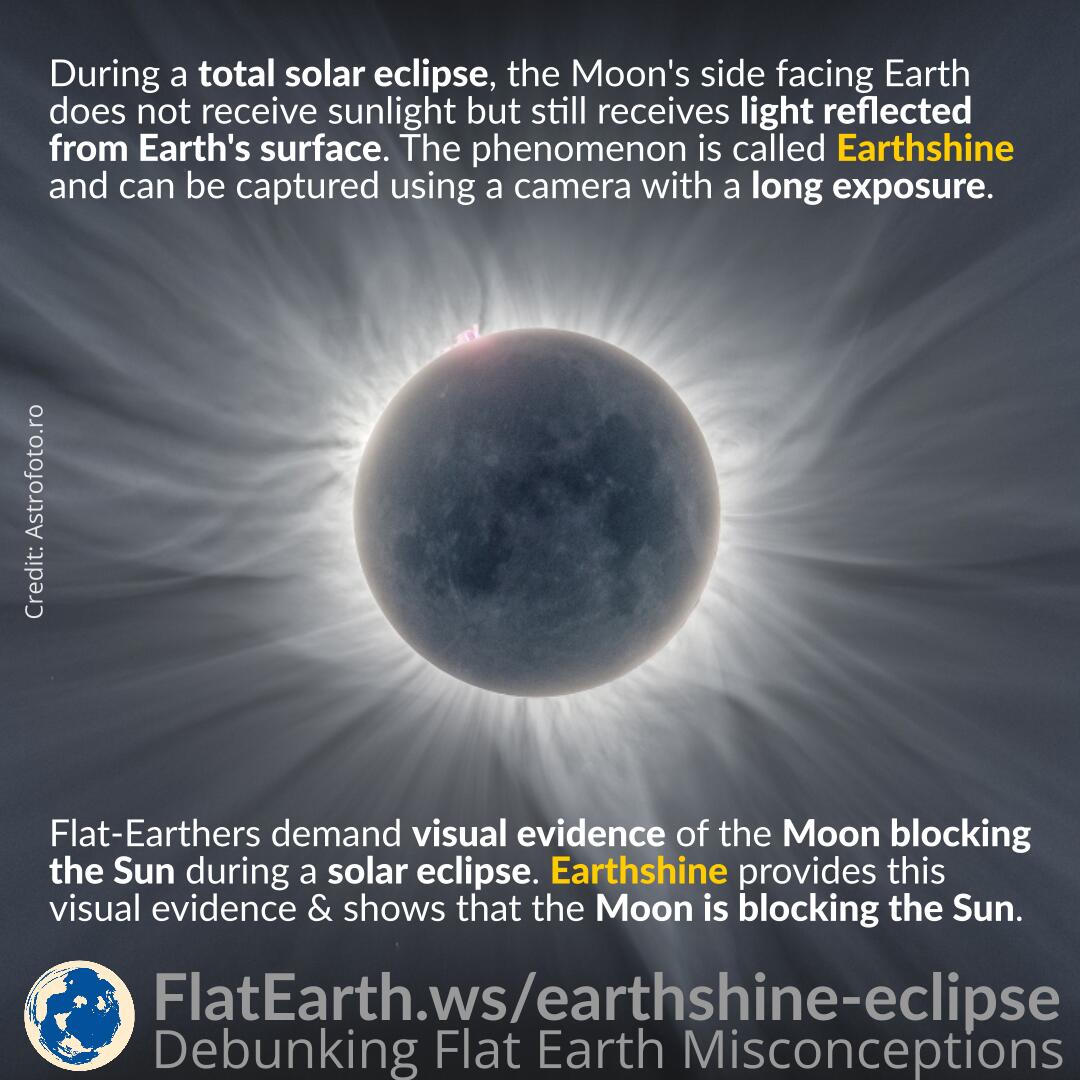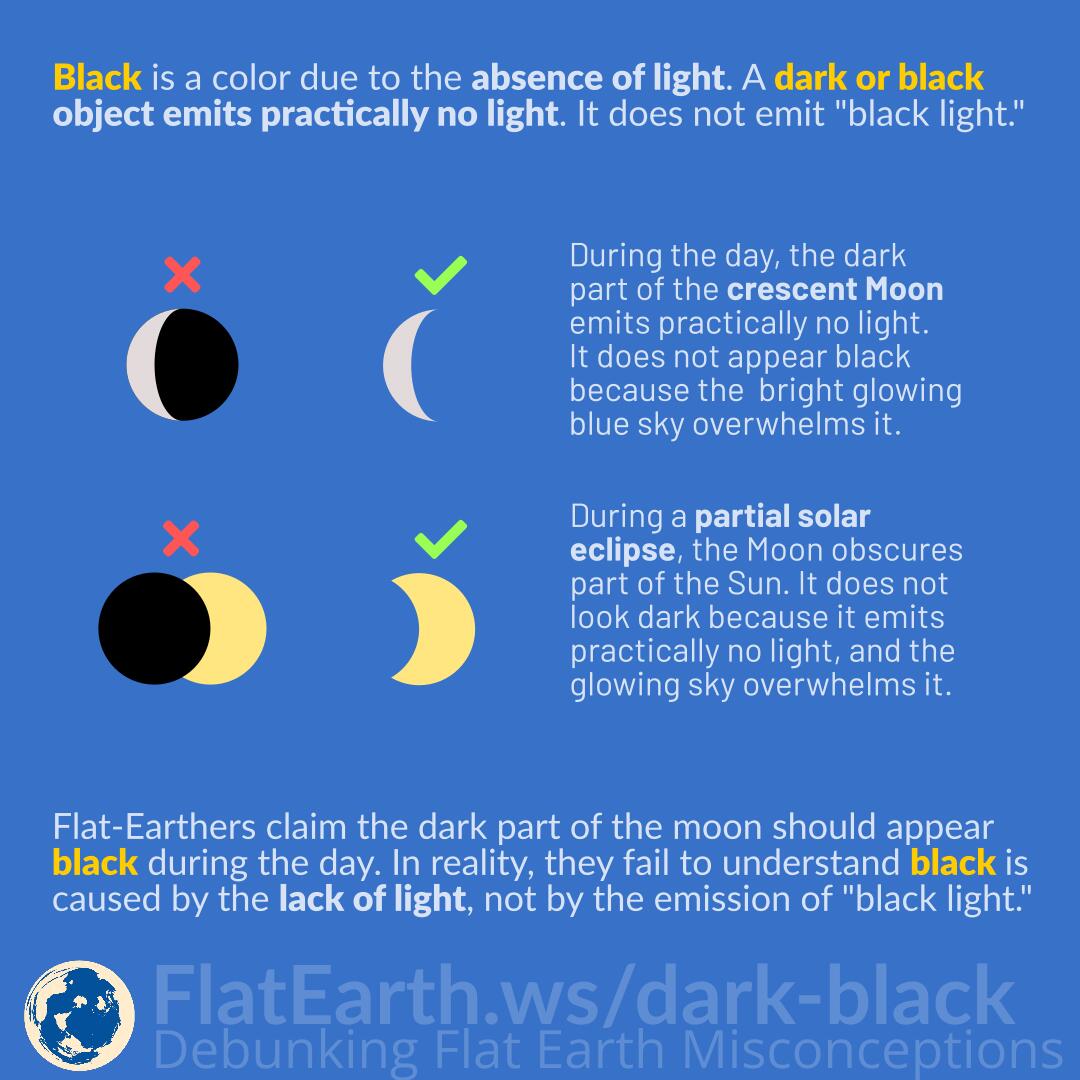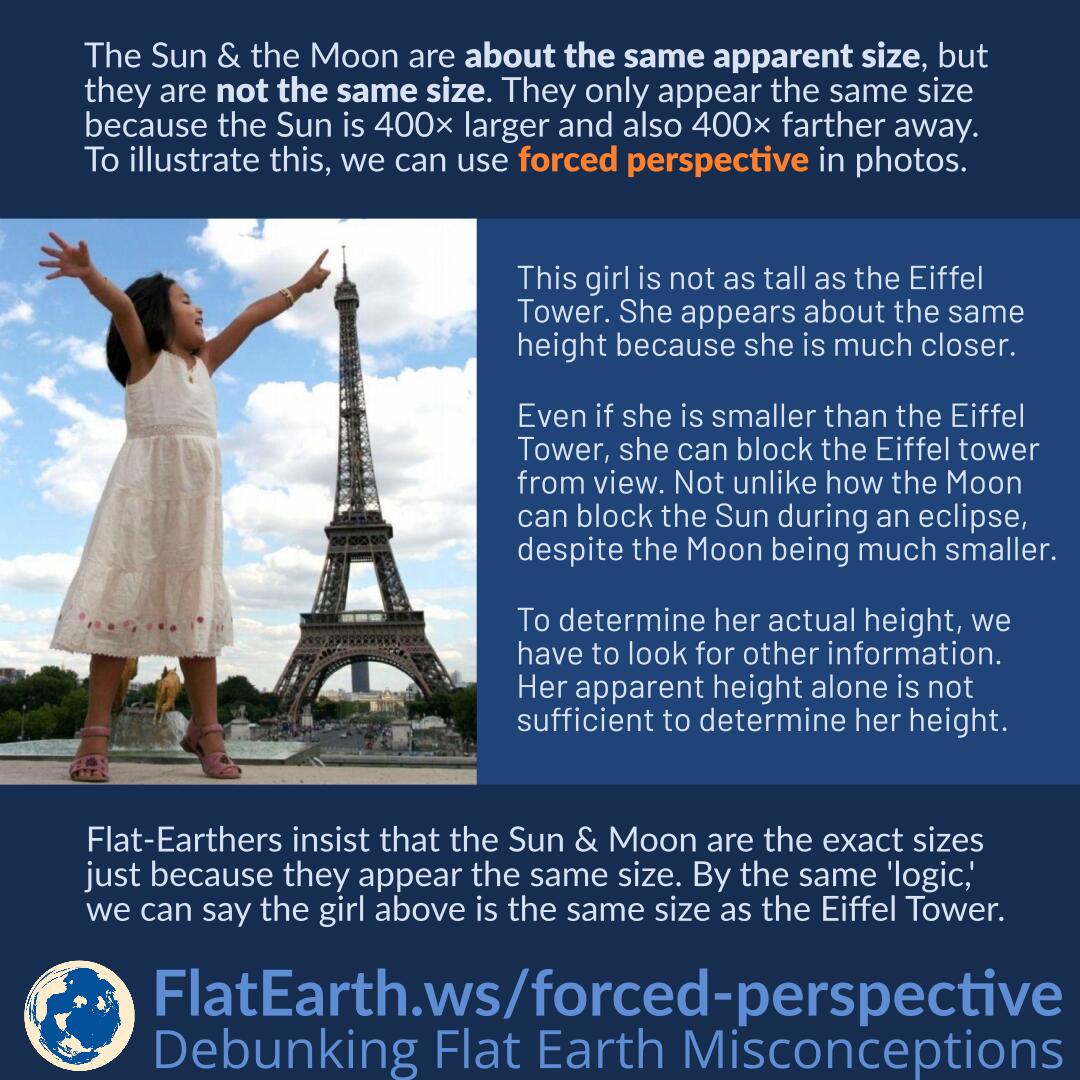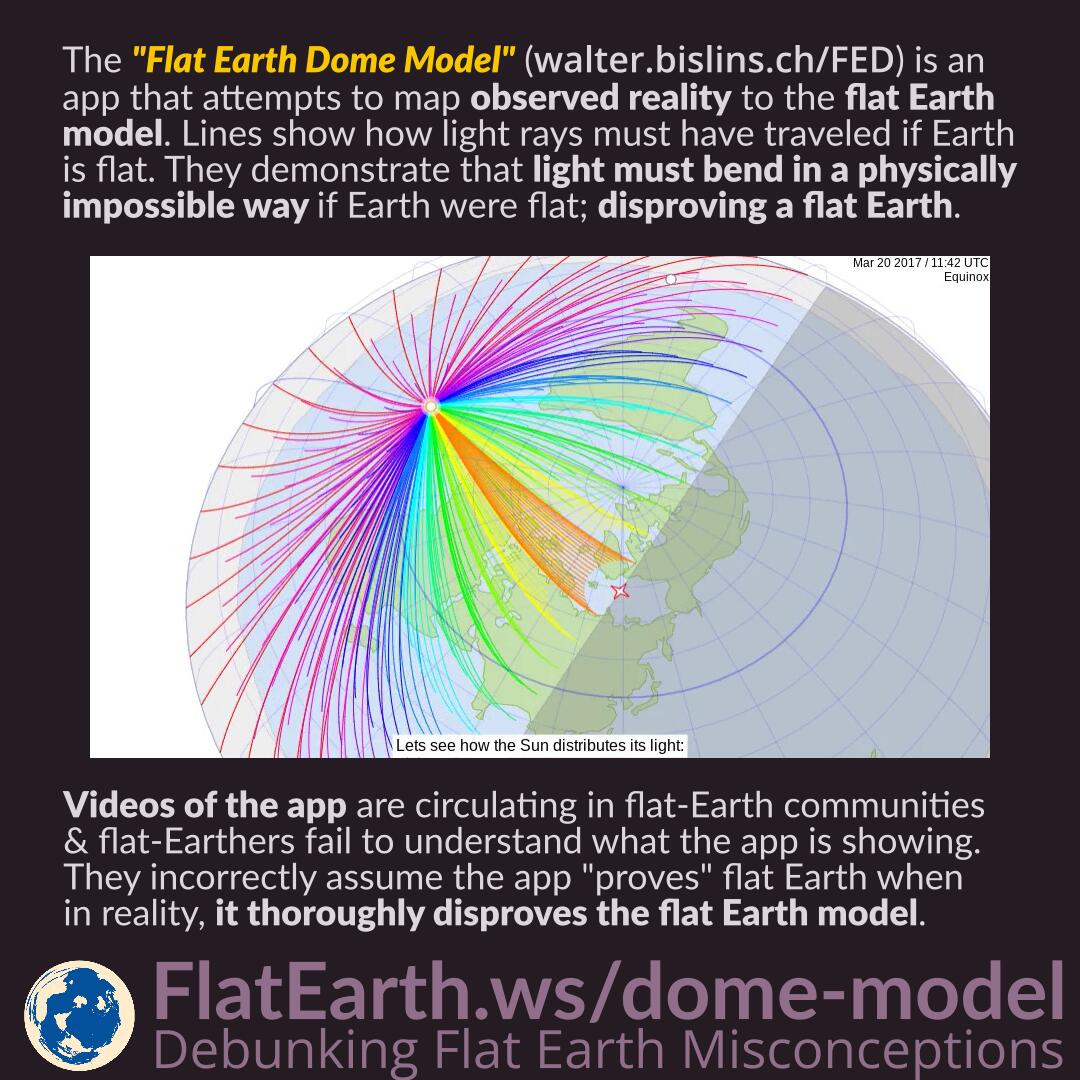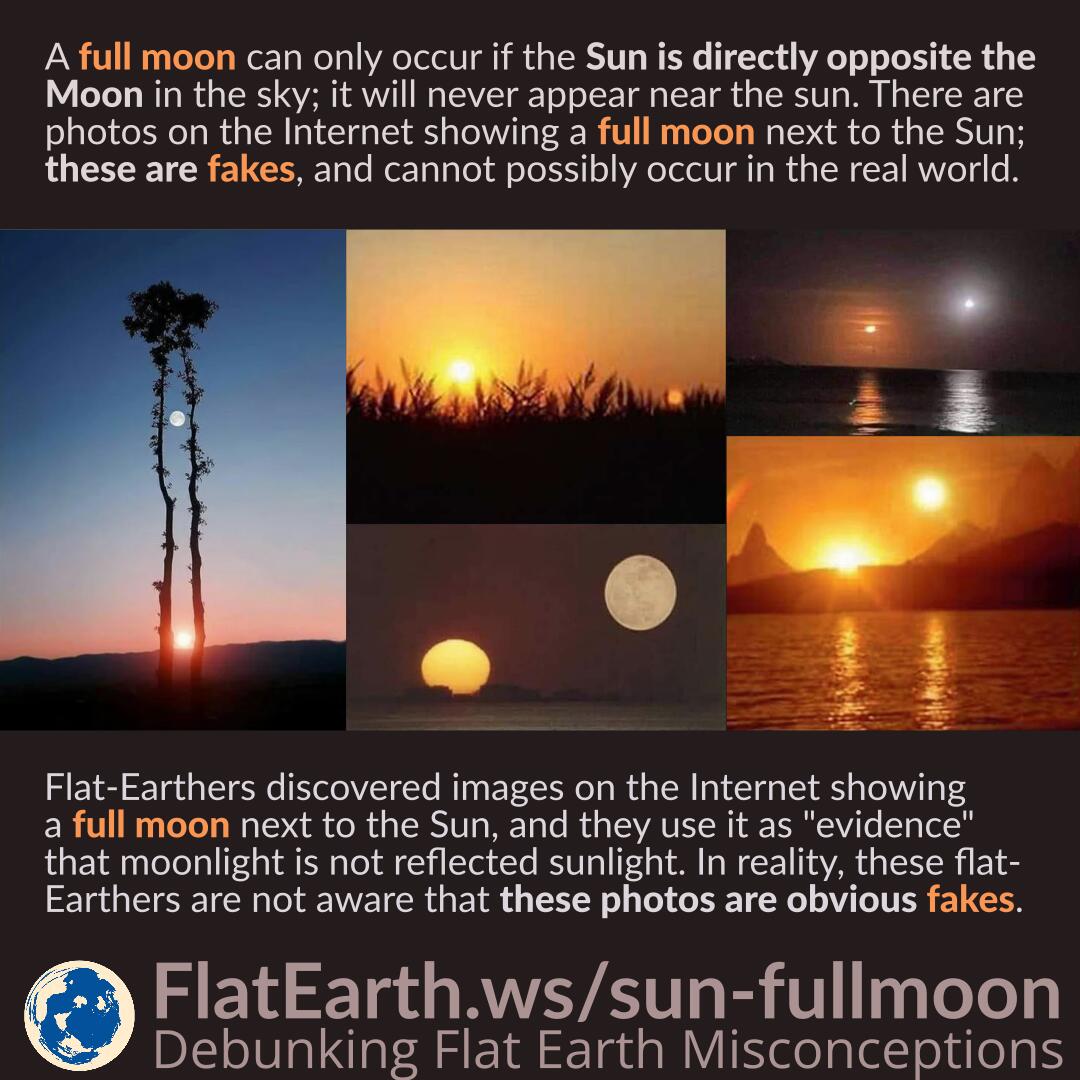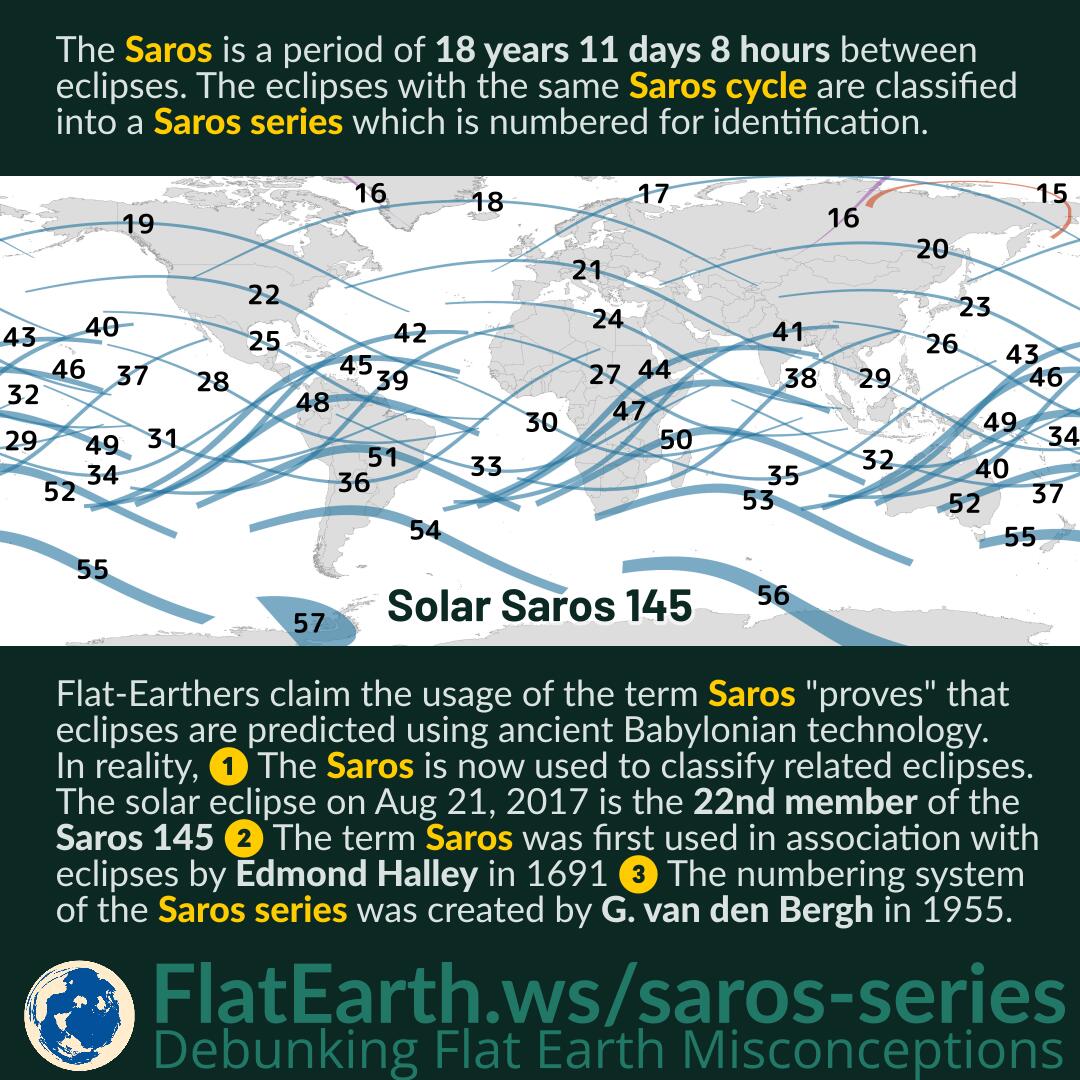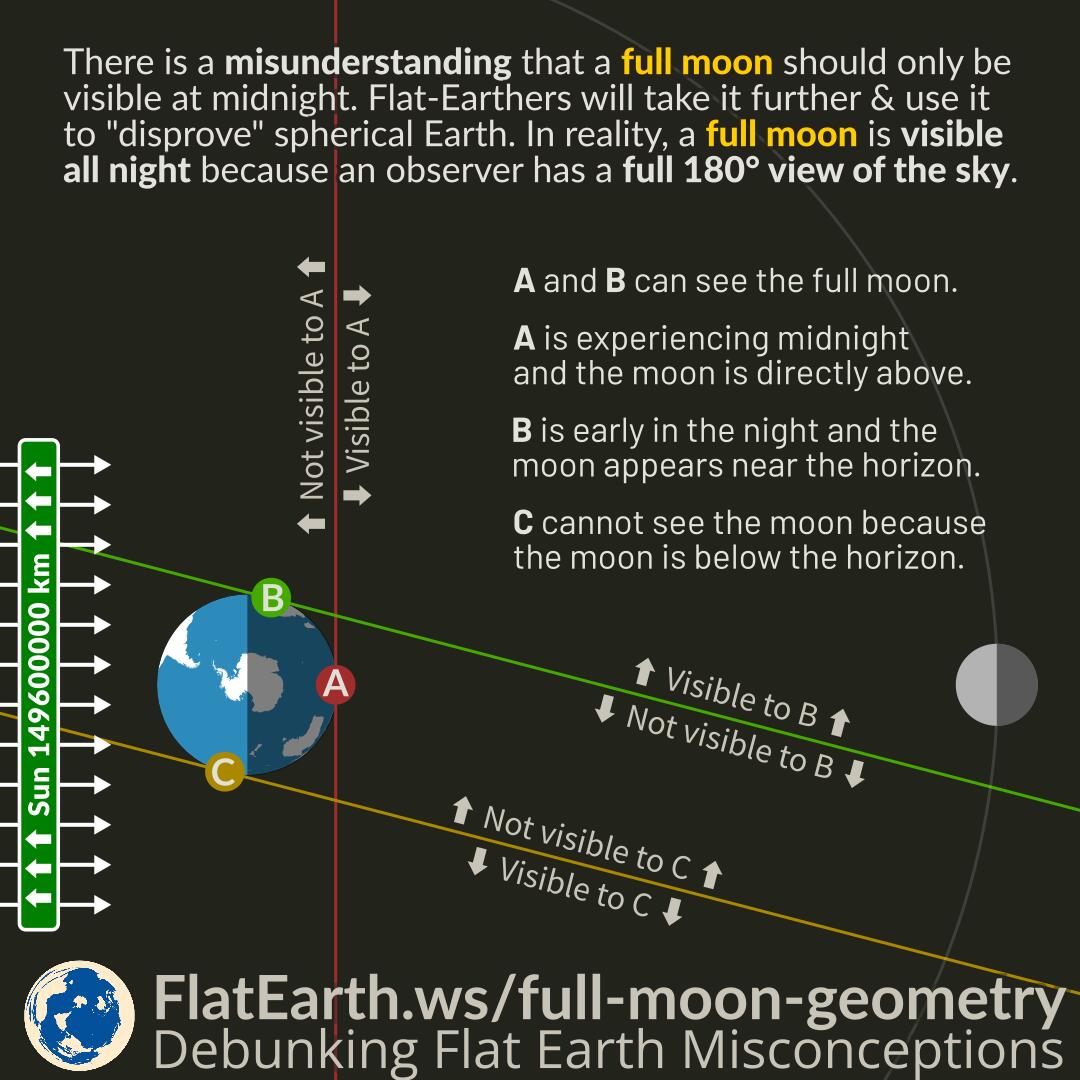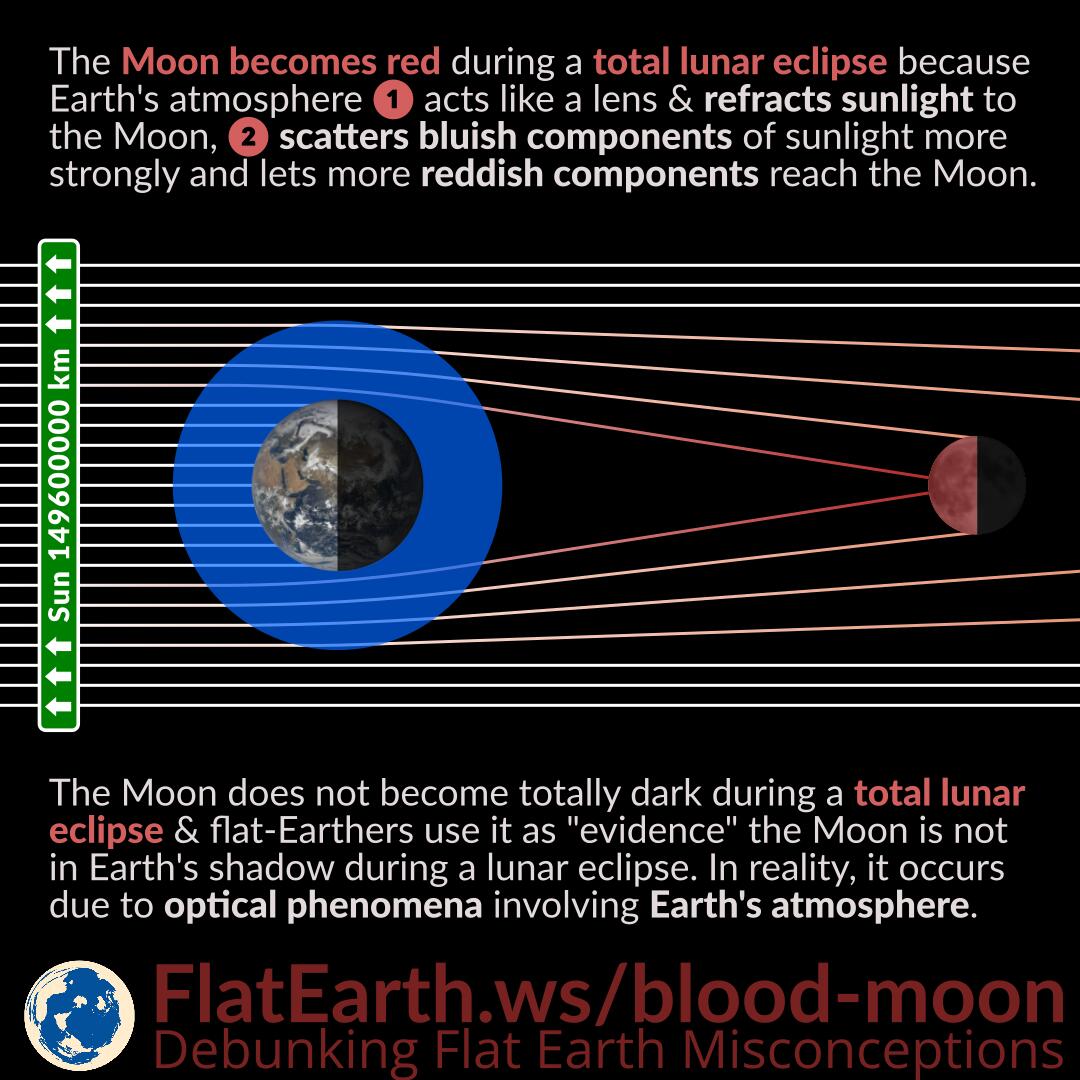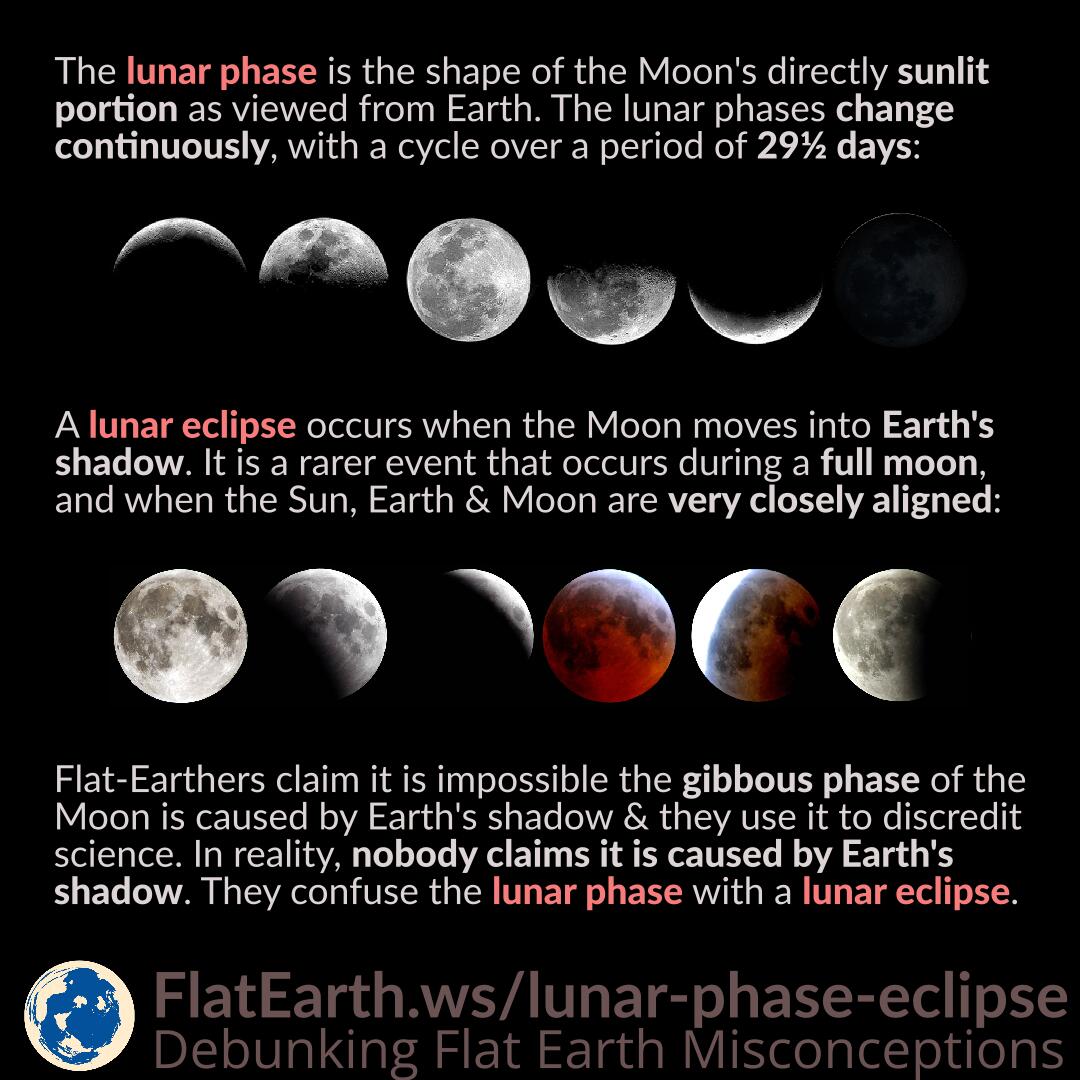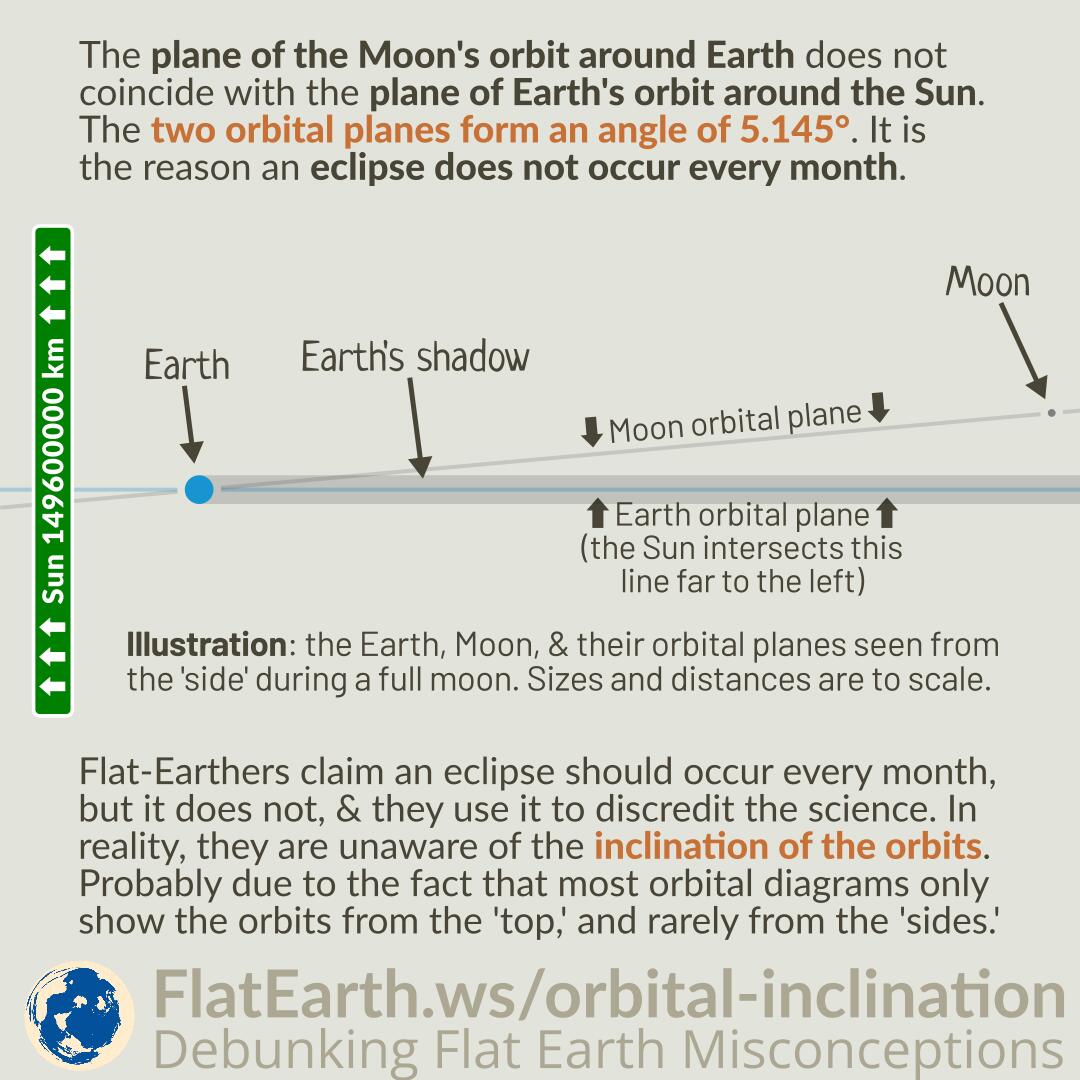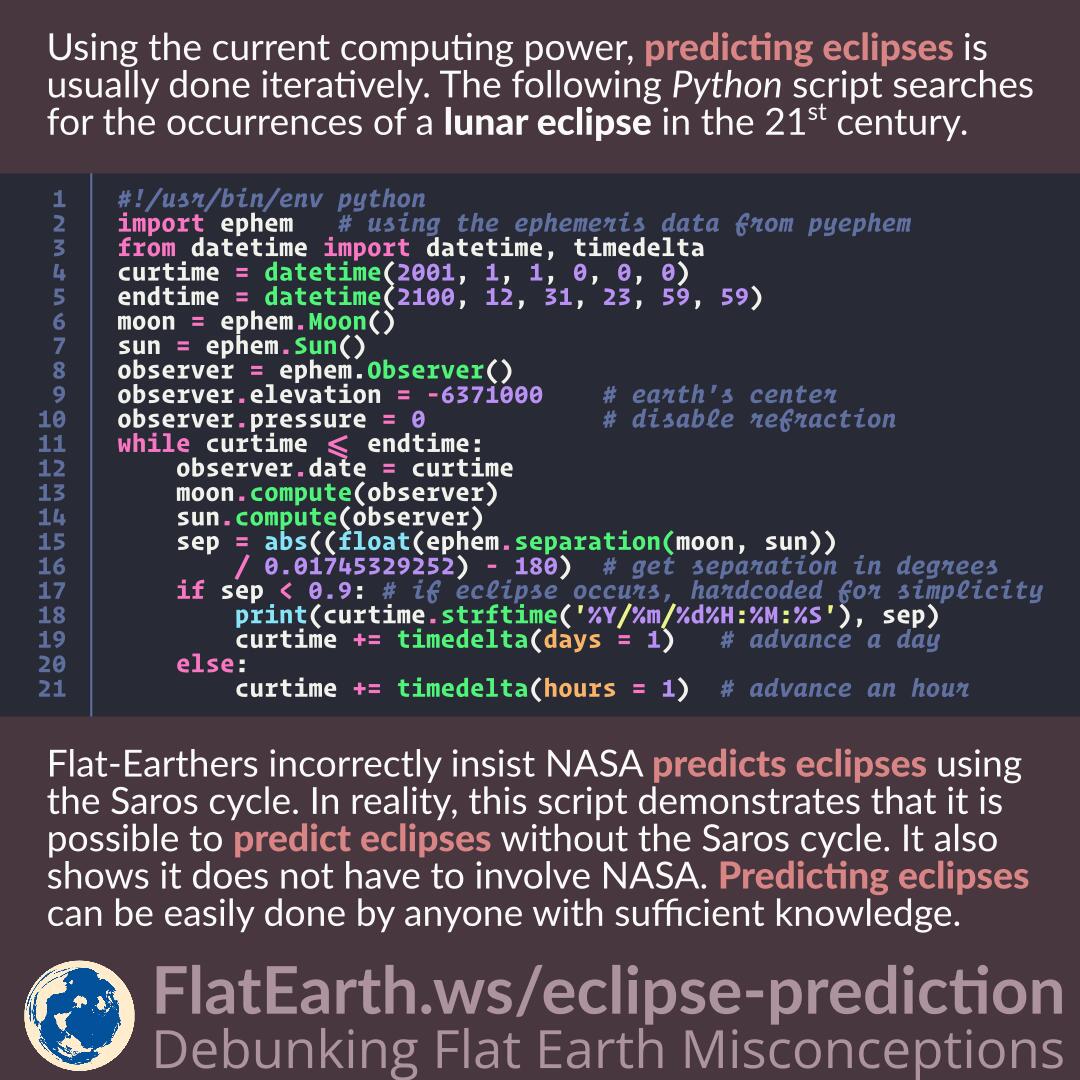The Sweden Solar System is the largest scale model of the Solar System in the world. We can use it to get a better sense of the sizes and distances in the Solar System.
Flat-Earthers claim there is no scale model of the Solar System and use the fact to “prove” the failure of science to explain the world. The Sweden Solar System proves them wrong and gives us an idea about the problem of making a scale model of the Solar System.


